
Plastic wrap can be used to denote various kinds of plastic, used in different industries. The industrial and commercial usage of plastic wraps in food industries in the most prominent one. Different kinds of plastic wraps such as cling film, sarong wrap, etc are used for the same.
Therefore, thin plastic material, used to seal food in containers, in order to maintain their shelf life and sustainability is known as plastic wraps. Plastic wraps do the job of sealing and vacuuming food items, inside a container, without using any adhesive.
The plastic wraps used in food packaging is made from polyvinyl chloride which helps in maintaining the level of water vapour and oxygen in the food containers, which in return, helps in keeping the food fresh and healthy for a long period of time.
Wrapping food in plastic wraps, cling films or saron wraps, helps in the preservation of food. Food can be preserved and stored for a long period of time. Food is saved from getting perished and the quality of food is also maintained.
Stretch film and its kinds
Stretch films or stretch wraps are stretchable plastic that is used around items to keep them tight, intact and safe. Products that are kept on pallets to be transported from one place to another are usually packed with stretch film in order to keep them protected and secured. This also keeps the pallet safe.
Heavy and bulky items, usually carrying delicate products inside them, or are supposed to be travelled across places on a pallet, is wrapped by a pallet stretch film in order to keep them protected.
Products secured by stretch films are strong and durable enough to be transported and stored for long durations. Another benefit of stretch films and stretch wraps is that they are recyclable and hence a better and friendlier option for the environment.

Kinds of pallet stretch films
1. Machine Stretch
With a width that can vary up to 80 inches, a machine stretch wrap is usually applied with the help of a stretch wrap machine. They are faster, cost-efficient and a safer option in comparison to wrapping stretch films by hand.
2. Hand Stretch
Ranging from 1000 ft to 2000 ft, hand stretch wraps are wraps designed to be used by hands. Since they require manual power, they are shorter and lighter. They are usually used for packaging operations which are lower in potency.
3. Blown Stretch
Tougher and with much more holding power in comparison to other kinds of stretch films, blown stretch have a higher tear resistance and thus are considered more durable and sturdy.
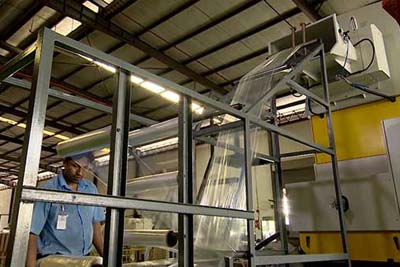
Difference between stretch wraps and shrink wraps.
Unlike stretch wraps, shrink wraps are the plastic material which are used to cover products and are wrapped around products with the help of heat. Here are a few differences between stretch wraps and shrink wraps:
- Stretch wraps do not require heat and shrink wraps require heat, in order to cover them around products.
- Stretch wraps are used more to wrap industrial products in comparison to shrink wraps.
- Shrink wraps are used more to wrap retail products in comparison to stretch wraps.
- Stretch wraps are used more to wrap pallets in comparison to shrink wraps.
- The most common thickness of stretch wraps is 80 gauge and shrink wraps in 75 gauge.
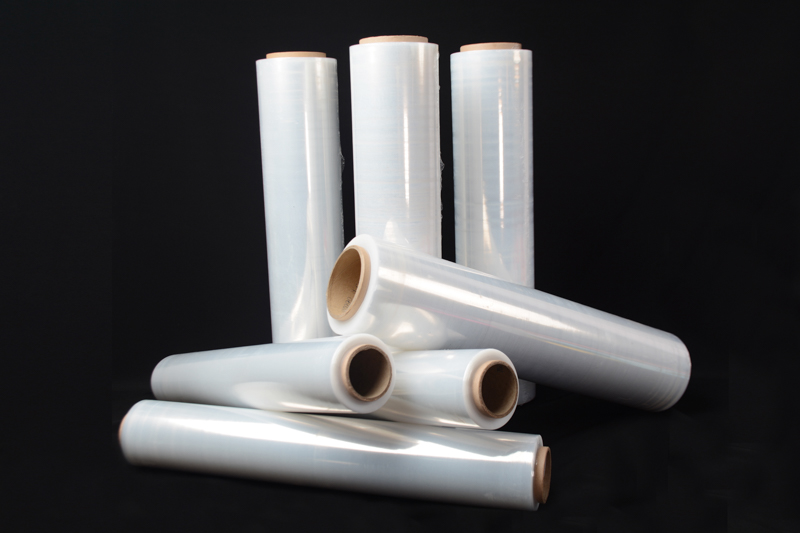
Conclusion
Different plastic wraps are manufactured through different methods. Each comes with its own usage, pros and cons. Plastic wraps are usually difficult to recycle, hence are not encouraged.
However, plastic wraps do not degrade easily, can survive under extreme temperatures, are an affordable means of packaging and keeps the products safe and secure.

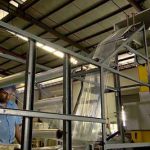

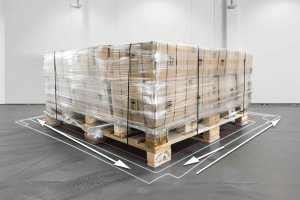
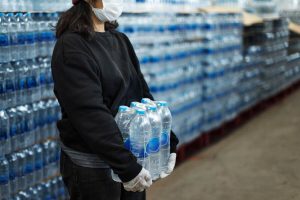
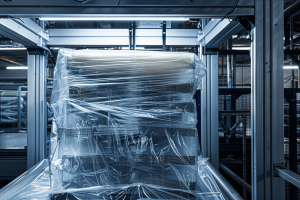
No comment yet, add your voice below!